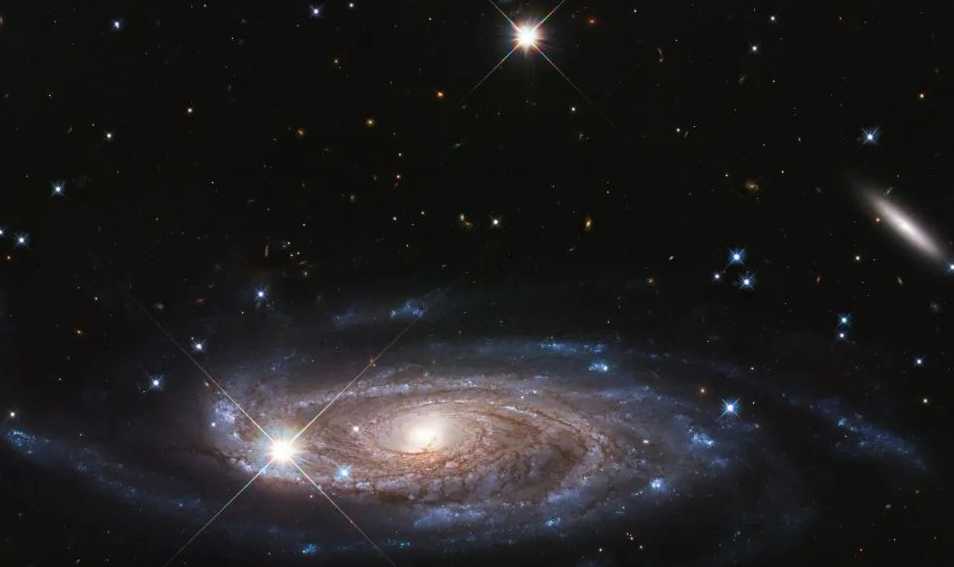UGC 2885’s sprawling spiral arms and faint halo dominate the frame, dwarfing the Milky Way’s modest 100,000-light-year span. Astronomers believe its extraordinary size stems from ancient mergers with smaller galaxies, a process that accumulated stars and gas over billions of years. The galaxy’s rotation curve—studied by the late Vera Rubin in her groundbreaking work on spiral galaxy dynamics—reveals a massive dark matter halo, explaining how such a vast system stays gravitationally bound.
Rubin’s research, which showed galaxies rotate faster than visible matter alone allows, was central to confirming dark matter’s existence. UGC 2885’s inclusion in her studies underscores its role in shaping modern cosmology.
Part of the "Sculpting the Universe" survey, UGC 2885 helps researchers model galaxy evolution. Its 10-trillion-star population (estimates range from 10^12 to 10^13 stars) suggests it formed in a dense cluster environment, where repeated gravitational interactions fueled its expansion.
"UGC 2885 is a cosmic giant that challenges our understanding of galactic limits," says Dr. Elena Sabatini of the Space Telescope Science Institute. "Its size and star count make it a natural laboratory for studying how dark matter and galaxy mergers drive cosmic growth."
As Hubble continues to peer into such behemoths, UGC 2885 remains a testament to the universe’s capacity for grandeur—an 800,000-light-year reminder that even within the vastness of space, some galaxies strive to grow beyond imagination.








